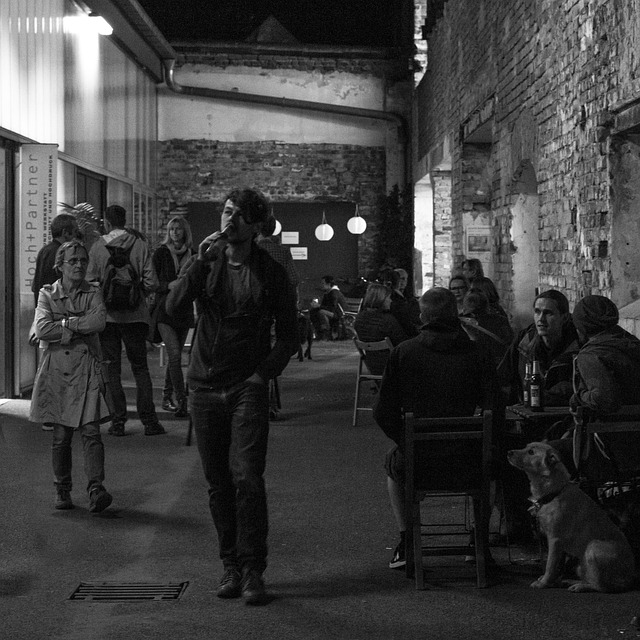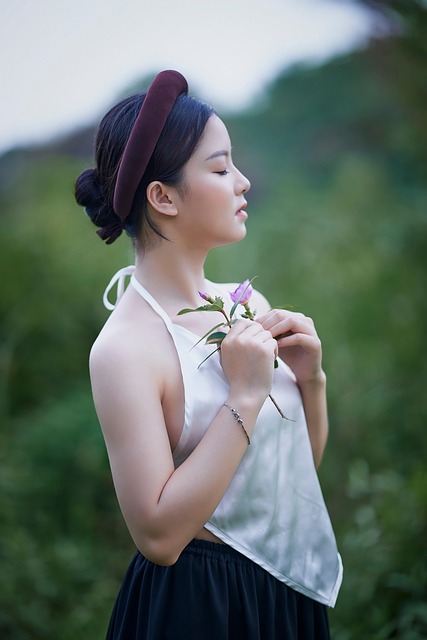Southwestern architecture captivates with its unique blend of cultural influences, natural elements and historic traditions, setting it apart in real estate. Low-slung roofs, wide overhangs, large windows maximize natural light, while interior spaces offer comfort, practicality and seamless outdoor integration. Local materials like adobe, stone and wood enhance visual appeal and energy efficiency, rooted in historical Native American and Hispanic architectural traditions. This harmonious blend of modern design and natural beauty makes Southwestern real estate highly desirable for eco-conscious living.
“Discover the enchanting world of Southwestern architecture, where natural beauty meets cultural fusion. This unique style captivates real estate markets with its defining elements, seamlessly blending traditional and modern aesthetics. From the region’s abundant natural materials to the rich cultural tapestry, each architectural charm tells a story. Explore how these influences create distinctive homes, attracting buyers seeking both beauty and authenticity in their future properties.”
Defining Elements of Southwestern Style in Real Estate

Southwestern architecture is a captivating blend of cultural influences, natural elements, and historic traditions that set it apart in the real estate world. Defining characteristics often include open floor plans, vibrant colors, and unique building materials like adobe and stone, evoking a sense of warmth and connection to the region’s rich heritage. These homes often feature distinctive architectural elements such as low-slung roofs, wide overhangs, and large windows that maximize natural light while offering stunning views of the surrounding desert or mountains.
The interior design reflects a similar theme with an emphasis on comfort and practicality. Native textures like woven textiles and wood craftsmanship are incorporated into spacious living areas, creating an inviting atmosphere. Kitchens often showcase custom cabinetry and rustic accents, while outdoor spaces become extensions of the home, blurring the lines between indoor and outdoor living. This seamless integration of nature and modern design makes Southwestern-style real estate a sought-after choice for those seeking a truly unique and charming residence.
Natural Materials and Their Role in Regional Design

In the vibrant landscape of southwestern architecture, natural materials play a pivotal role in shaping the region’s unique charm and appeal for real estate enthusiasts. Local builders and designers often incorporate locally sourced stones, woods, and clay to create structures that seamlessly blend with the surrounding environment. These organic elements not only add visual allure but also offer practical benefits. For instance, adobe, a traditional building material made from earth and straw, is an excellent insulator, making southwestern homes energy-efficient.
The use of natural materials is deeply rooted in the region’s history and cultural heritage. Native American and Hispanic architectural traditions have passed down techniques for using readily available resources, ensuring sustainability and a connection to the land. Today, these timeless methods are celebrated in modern designs, where builders strive to create harmonious spaces that respect both the environment and the regional aesthetic, making southwestern real estate a sought-after choice for those seeking distinct and eco-conscious living.
The Cultural Fusion Behind Unique Architectural Charm

The unique architectural charm of the southwestern region is a captivating blend of diverse cultural influences, reflecting its rich history and vibrant present. This area has long been a crossroads of civilizations, with Native American traditions, Spanish colonial heritage, and modern contemporary design all contributing to its distinct aesthetic. Real estate in this region boasts structures that seamlessly integrate these various styles, creating a captivating visual narrative.
The cultural fusion is evident in the use of natural materials like adobe, stone, and wood, which have been locally sourced for centuries. Traditional elements such as curved roofs, vibrant colors, and intricate tile work from Spanish architecture coexist with contemporary lines and open spaces inspired by modern design. This harmonious fusion not only enhances the visual appeal but also creates a sense of place, connecting residents and visitors alike to the region’s diverse cultural tapestry.






